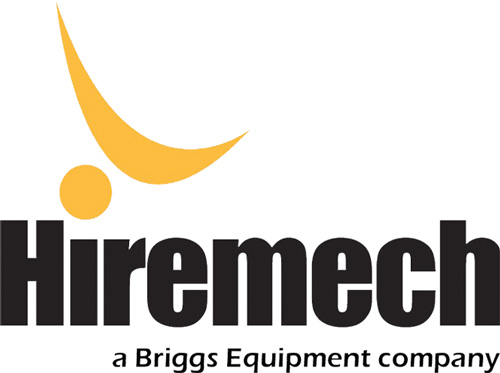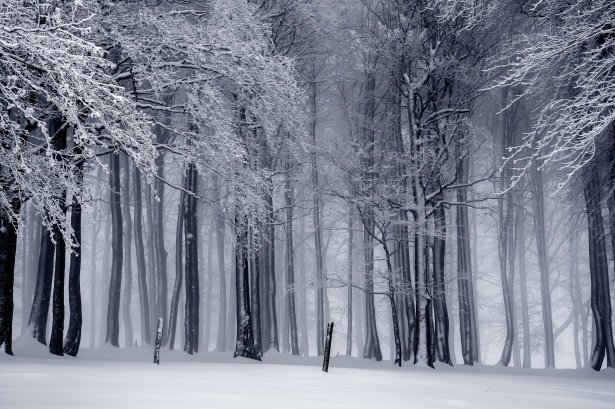Winter months in the UK are famously tough, with some experts predicting 2018 to be the coldest winter in over 10 years, including several months of heavy snow. But is your forklift ready for subzero temperatures? Even if you already conduct an organised maintenance program to prepare for freezing conditions, it is still crucial to carry out pre-season maintenance checks on your forklift to avoid unnecessary repair costs, wasted inactive time, or other winter-related problems.
Here are a few important areas to check over:
Engine and hydraulics
Sub-zero conditions can cause moving parts to slow or jam completely, so always check they are generously lubricated. Hydraulic systems and engines need a longer warmup time in the cold. Before any operation commences, always allow several minutes for the forklift to idle (with no load). It is also a good idea to cycle through and test each hydraulic utility, permitting oil to circulate freely through the system. Cold starts will cost you money through increased fuel consumption and greater wear and tear on parts.
It is also best to avoid running times less than 30 minutes. Engines often use a thicker fuel composition during the first 20 minutes of operation – this is when water vapour can accumulate in the oil and exhaust as temperatures are too low to allow for evaporation. To stop the formation of ice, clouding or gelling in hydraulic fluid, ensure you are using winterised fluids/ lubricants. Diesel engines will also need winterised fuel or additives to prevent congealing.
Battery
Freezing temperatures are a major drain on power, with many batteries discharging at a faster pace. Proactive care could therefore save you a lot of worry, as well as money. The most important thing is to check the cables, ensure they are clean, and verify that the battery is at maximum charge/ strength with a load tester.
Cooling system/ antifreeze
A hydrometer can assess that the coolant is in tiptop condition and that the level of antifreeze is adequate. Hoses and other related components can also leak and should be examined carefully for any damage.
Lights
Low visibility levels and darker afternoons are a constant issue as winter approaches, so lights need to be especially clean and functional. Many forklifts still use halogen lights but these should really be swapped out for LED bulbs – not only are they brighter and longer-lasting, but they illuminate much better in cold temperatures and are excellent at absorbing operational tremors and shakes.
Tires
Pneumatic tires should be inspected for sufficient air pressure, and all tire types (including solid) should be checked to make sure the tread depth will handle snow and icy conditions. You may also fit your forklift tires with snow chains for extra traction on slippery surfaces. In addition, high traffic zones where the forklift operates should be kept free of obstacles or potential dangers. Ice, snow, and frozen mud can all hamper the safety of your forklift (and operator), so outdoor areas require higher traction and need to be snowploughed or gritted regularly. Specialised forklift attachments are also available that allow you shovel snow as well as spread grit.
Cabs
In forklifts fitted with a cab you’ll need to make sure the heater functions, all door latches are oiled, and any windshield wipers move freely and will cope with the extra demands of heavy weather. Forklift covers are also available for any machines that lack enclosed cabs. However, avoid vinyl wraps which are thin and fragile – corrugated hard plastic covers are more durable and better at directing rain away from the windshield.
Operators
Maintenance is not only about properly functioning equipment – the human element is also vital. For any outdoors jobs, all operators should be personally equipped for extreme temperatures and adverse surface conditions (wind/ waterproof outer layers, high visibility vests, warm clothing, hats and gloves, etc.). Drivers should reduce speeds and be reminded not to ignore the increased risks of challenging weather conditions. Cold temperatures also force the body to work harder, sapping energy levels quicker, making tiredness an underestimated hazard. Operators may need greater encouragement to take breaks to rest and replenish calories.
General inspections/ services
One obvious, but sometimes overlooked area, is to ensure your forklift has undergone all regular inspections and scheduled services. Extra maintenance is imperative since winter can be especially brutal to starters and chokes. A quick overall tune-up of mechanics and electrics is therefore always a good idea. Before each daily shift, routine checks should verify all equipment is operational and safe. Most forklift suppliers will advise a series of daily or weekly checks (you’ll find them in the operator’s manual). Overall cleanliness also cannot be overstated – after each operation has concluded the forklift should be fully cleaned, expelling any wintertime debris picked up during operations. Snow, ice, mud, and grit can easily build up and impede functioning.

 020 8880 3322
020 8880 3322